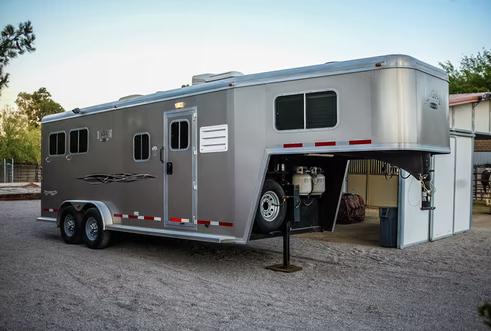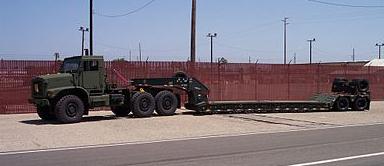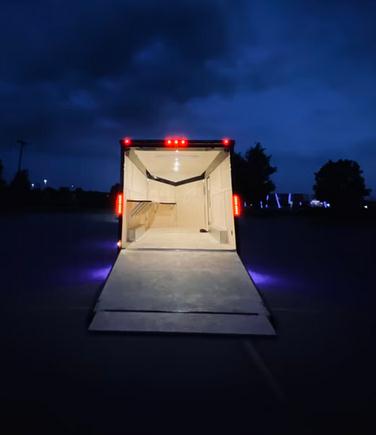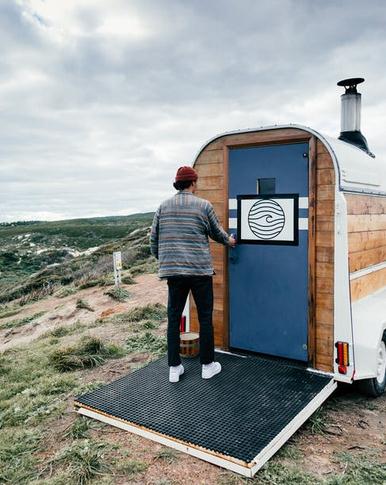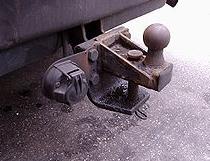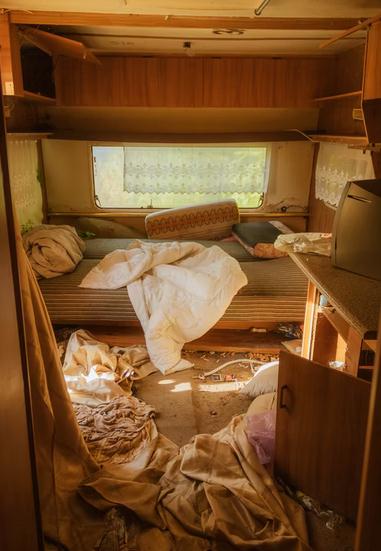A trailer is a non-motorized vehicle towed by a motorized vehicle. It is commonly used to transport goods and materials. In the United States, the term is used for mobile homes or travel trailers. There are various varieties of trailers designed and manufactured for tiny homes and human habitation. The use of trailers finds its origins in the utility carts or trailers that were built in the same way but driven by horses.
Now the trailers are being used for tiny homes that can be parked in motorhome parks. Also, the trailers are used as recreational vehicles. Some trailers are having limited living facilities, but if you want to use them as your home, then you can make changes according to your requirements. If still, you are not satisfied with the layout, then you can start from scratch as a DIY project.
Can You Convert A Trailer Into A Tiny Home
In the United States, trailers can vary in size from single-axle trolleys to 6-axle semi-trailers. They can be 13 feet 6 inches (4.11m) high and 53 feet (16.15m) long. On the other hand, a semi-trailer or 18-wheeler is used to carry cargo that travels by land in North America carrying much of the cargo.
Tiny Home in a Trailer
There are several types of trailers that can be used to build a tiny home. A flatbed trailer will be the best option to build a tiny home on a trailer. It will give you the area and size that you will be needing.
The Deck-Between Trailer
This type of trailer features flatbed between the two-wheel arches. The bed is therefore a little lower where the top of the wheel arch reaches. For this reason, the bed cannot be wider than the distance between the wheel arches. The advantage of the deck-between trailer is that it sits well and low to the ground. Hence, it is perfect for building a taller little house.
Deck-Over Trailer
As the name suggests, the deck-over trailer’s bed is above the wheel arches. This type of trailer can be as wide as 8 feet where the wheel arches don’t get in the way. Also, it gives a bit more room on the sides of the tiny home. It is usually too high from the ground in which you can consider building a tiny home with a loft. Also, you will have to stick to the home layout of one story.
Dovetail
In this trailer, you can build a tiny home that covers both deck-between and deck-over design. The main difference between the other two trailers and the dovetail is that it is having a section at the rear that tilts towards the ground. This type of feature is usually found in trailers that are used to transport cars, trucks, or any other machinery.
Gooseneck
Goosenecks can be used as either deck-over or deck-between trailers. It gets its name from the special hitch feature. For this type of trailer, you should be having a van to transport it. In the bed of the trailers, there is a hitch ball. The gooseneck of the trailers is then extended over the rear door where a hitch is installed. Hence, it makes it a perfect trailer for building tiny homes.
Types of Trailers
| Type | Length (ft) | Width (ft) | Height (ft) |
| Dry Van Trailer | 48 – 53 | 8.2 | 4 |
| Flat Bed Trailer | 48 – 53 | 8.5 | 4 |
| Refrigerated Trailer | 48 – 53 | 8.1 | 4 |
| Step Deck Semi Trailer | 48 – 53 | 8.5 | 5 |
| Double Drop Trailer | 29 (bottom well) | 8.6 | 2 |
Why Trailers Make Great Tiny Homes?
Size Of The Trailer
Before choosing any type of trailer, you should decide the layout of the tiny home that you want to build on a trailer and live in it. Before you make a decision, keep in mind that there are some restrictions on the size of the trailer. The trailer can only be 8’6” wide. Some states allow the height of the tiny house on a trailer to be 13.6 inches from the ground.
However, some states allow 14’. If you are having a permit then you can exceed the 53’rule otherwise it cannot be more than the mentioned figure. Most tiny homes don’t need trailers to be 28’ but the length of the trailer will decide the layout of your tiny home.
Type of Hitch
There are five kinds of trailer hitches that are available for the vehicle. However, the type of trailer you choose, the only type you can choose for something as big and heavy as a tiny home is a Class V trailer. This hitch max out at 17,000 pounds. It will be the best fit for your tiny home. The weight capacity of the hitch can vary from trailer to trail and it is known as tongue weight.
Tongue weight is all about the weight a hitch can support other than wheels. Make sure that you find the perfect trailer according to the layout of the tiny home.
Once you have chosen the trailer and calculated the weight of your tiny home, you can ask the manufacturer if your vehicle will be able to move it or not.
Cost of Tiny Home
It might be hard to pin down the certainties when it comes to generalizing the tiny home. Apart from tiny homes in buses, the tiny trailer home might come with a huge cost. When you want to make a tiny home in a trailer, then you can look for the used trailers and you must be having the know-how to modify them. Otherwise, if you hire professionals, the cost will be higher.
The trailer is the base of your home; you will get to hear from the people that it is a building zone where you splurge. When you have designed the layout and finishing of the tiny home in a trailer, you can narrow down your options and choose the perfect one.
Parking
When you plan on building a tiny home on a trailer, you think of parking space. There are some specific zoning laws in different states about the parking of RVs, Bus tiny homes, and trailer tiny homes. Before you make a decision, look for the possible parking locations. It will help you to look for better options and according to your needs.
Also, different states allot different square feet areas for parking tiny homes. Also, if you build a tiny home for leisure time, then there might be a law in which you cannot park the tiny home inside the property premises. Make sure that you have researched the laws before building a tiny home in a trailer.
Trailer Tiny Home – Tips and Tricks
Over the years, tiny homes have gained popularity since the cost of homeownership has increased. It was a time when the single-family home size was around 1,700 square feet but now it has reached 2,500 square feet. Instead of buying a property, people tend to buy or build tiny homes built on RVs, Buses, or Trailers.
The best feature about tiny homes is that you can tow them with your car and carry it anywhere. But there are some rules and regulations about tiny homes in different states. These rules can depend on the permitted parking area or time and much more. On the other hand, if you are planning to build a tiny home on a trailer, then there are a lot of options that you can choose such as dimensions, the layout of the tiny home, portability, weight, etc.
